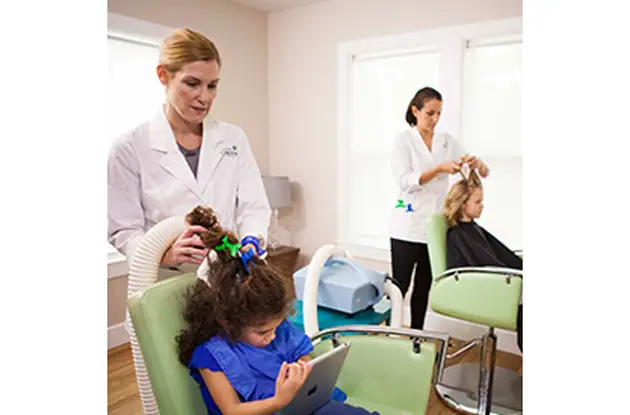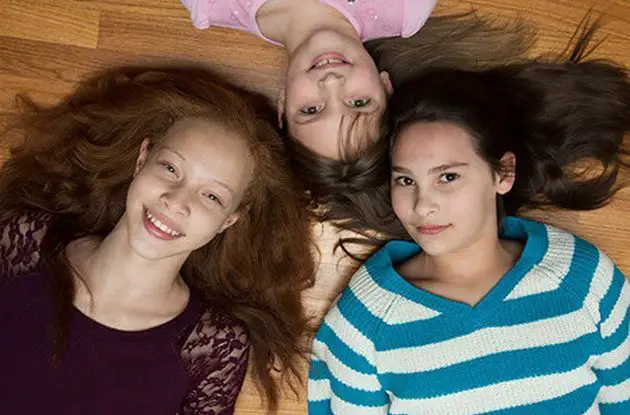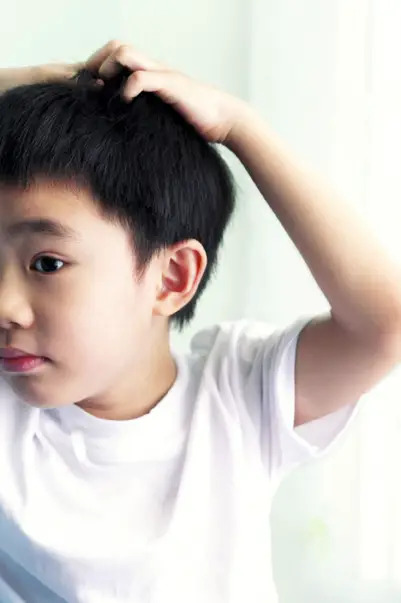Head lice infestations can be stressful, embarrassing – and awfully itchy. Aside from being a nuisance, these critters can keep children home from school, forcing them to miss precious class time.
Most school districts have “no-nit” policies that keep children out of the classroom until they are entirely lice-free. Several districts around the country have adopted more lenient policies in an effort to meet attendance standards set by the Bush administration’s No Child Left Behind policy, according to the National Pediculosis Association. In the Big Apple, though, the old policy stands. Children with head lice infestations are not allowed to attend school until a doctor’s note confirms that all lice — including eggs — have been eliminated.
In an effort to reduce the number of school absences resulting from head lice infestations, Tec Laboratories, an Oregon-based pharmaceutical company, has joined forces with the National PTA, the country’s largest volunteer parent organization, to initiate “Keeping Our Kids Lice Free”. As part of the sponsorship agreement, this year’s PTA Back-to-School kits included a DVD produced by Tec Labs for parents and teachers on how to implement head lice check programs. The kits also provided a bilingual guide with answers to frequently asked questions about head lice, such as what symptoms to look for and how to treat an infestation.
“From my experience, head lice in schools has always been a concern,” says Anna Marie Weselak, president of the National PTA and a mother of three. “We created this partnership to help parents and teachers not only treat head lice, but also prevent it.”
No bigger than a sesame seed, head lice are wingless insects that feed on human blood and lay eggs, known as nits, that become attached to the hair shaft. Contrary to popular belief, the presence of head lice is not an indicator of poor hygiene. Because head lice cannot fly or jump, they spread only through direct contact, such as the sharing of items like pillows, scarves, hairbrushes and combs. The main symptom of an infestation is an itchy head.
In November 2004, Tec Labs released Licefreee!, a pesticide-free, salt-based gel developed by Mark Christensen, associate professor of pharmaceutics at Oregon State University. Most products for combating head lice contain pesticides called neurotoxins that are only effective once the lice have matured. When used in large quantities, these pesticides can be harmful to humans. Licefreee! is unique in that its main active ingredient is ordinary table salt, which, the manufacturer claims, kills all lice regardless of what stage they are in.
“Lice aren’t stupid,” says Dr. Christensen, referring to the critters’ ability to evade treatment. “The real invention was gelling the salt. The gel demobilizes the lice and allows the salt to desiccate them.”
Dr. Christensen saw the need to develop a new product when his own children, then in grades 1 and 3, were suffering from head lice infestations. “When I was a young parent and my daughters came home with head lice, it was devastating,” he recalls. Girls, he says, are more likely to catch head lice than boys because of their tendency to share items like hair clips and brushes. Elementary school children, he adds, are most prone to infestations.





















